In his new biography of Winston Churchill, Andrew Roberts notes that ‘it was said of Emperor Napoleon III that he bore a name that was simultaneously his making and his undoing’. Something similar might be said of Nora Heysen. Her father Sir Hans Heysen was a towering figure in the world of Australian painting casting a shadow as big as the great gum trees he painted. The name marked her out among her contemporaries but created expectations and envious comparisons. But Nora proved to be the successful child of a famous parent.
Born in Adelaide in 1911, Nora studied art there; her first solo exhibition was in Sydney in 1933. She travelled to London with her parents but stayed on. Returning to Australia in 1937, she made her home in Sydney, in a charming house in Hunters Hill. She won the 1938 Archibald Prize, the first woman to do so.
Another female first was her appointment in 1943 as an official war artist . Given the rank of Captain, her task was to depict women at war; she completed 170 works. Posted to New Guinea, she met Dr Robert Black whom she later married. Her ‘civilian’ output, represented in all major galleries, is dominated by portraiture and wonderfully fresh still life depictions of flowers, fruit and eggs. Still striking looking, she died at Hunters Hill in 2003. Her life and work are featured at the National Gallery of Victoria in Hans & Nora Heysen: Two Generations of Australian Art (until 28 July).
Got something to add? Join the discussion and comment below.
Get 10 issues for just $10
Subscribe to The Spectator Australia today for the next 10 magazine issues, plus full online access, for just $10.
You might disagree with half of it, but you’ll enjoy reading all of it. Try your first month for free, then just $2 a week for the remainder of your first year.

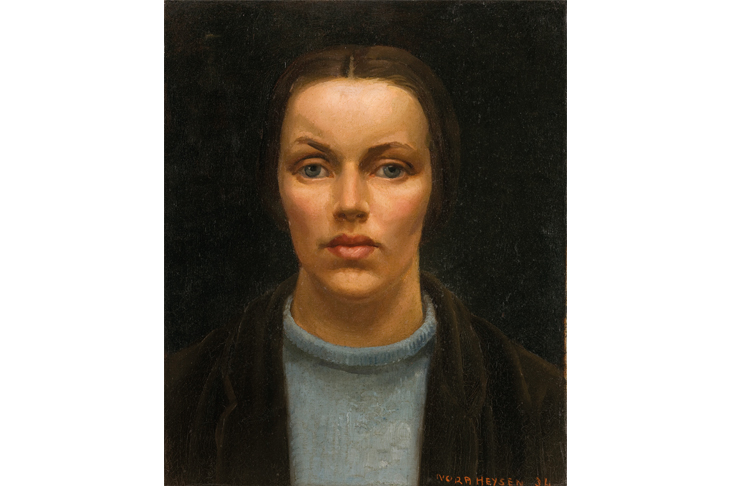
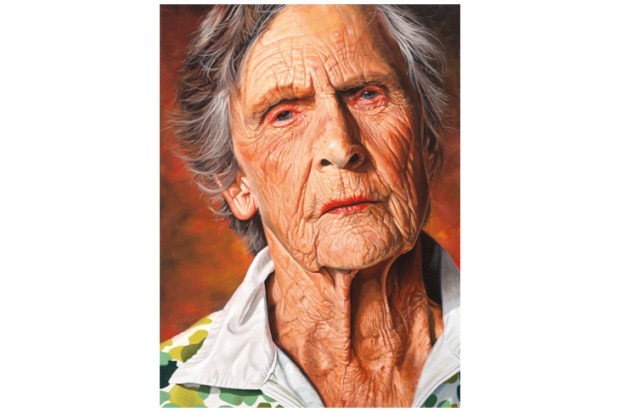
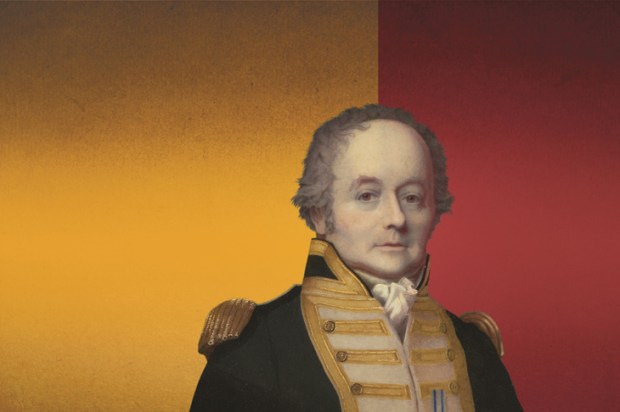
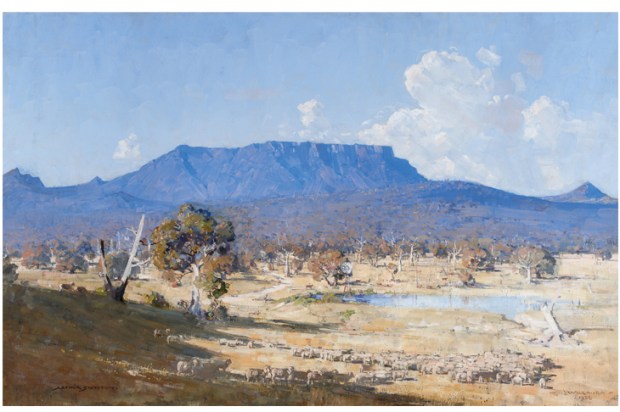
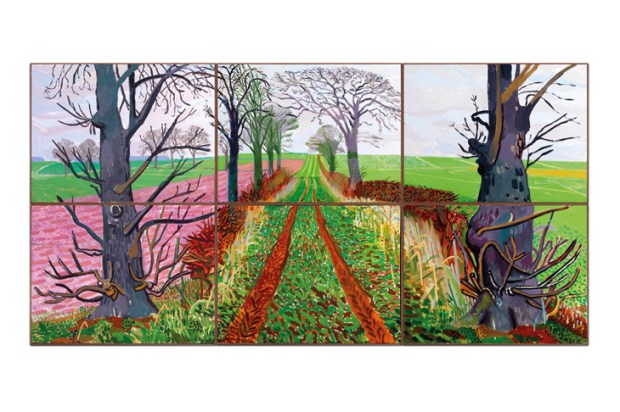
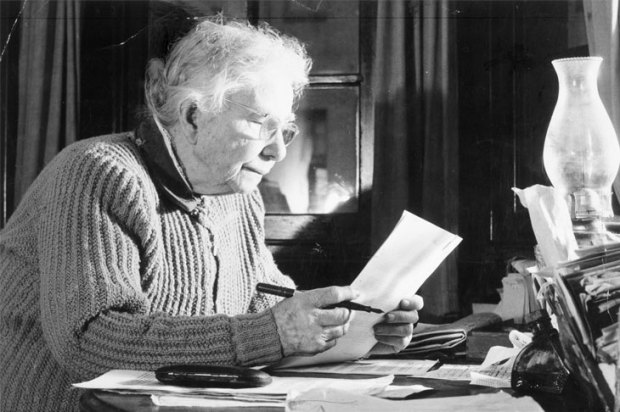
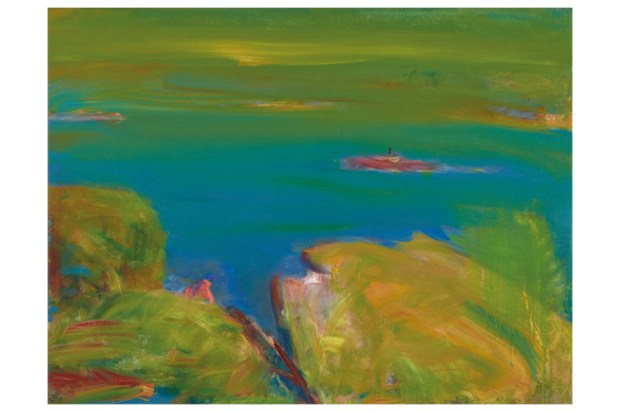






Comments
Don't miss out
Join the conversation with other Spectator Australia readers. Subscribe to leave a comment.
SUBSCRIBEAlready a subscriber? Log in